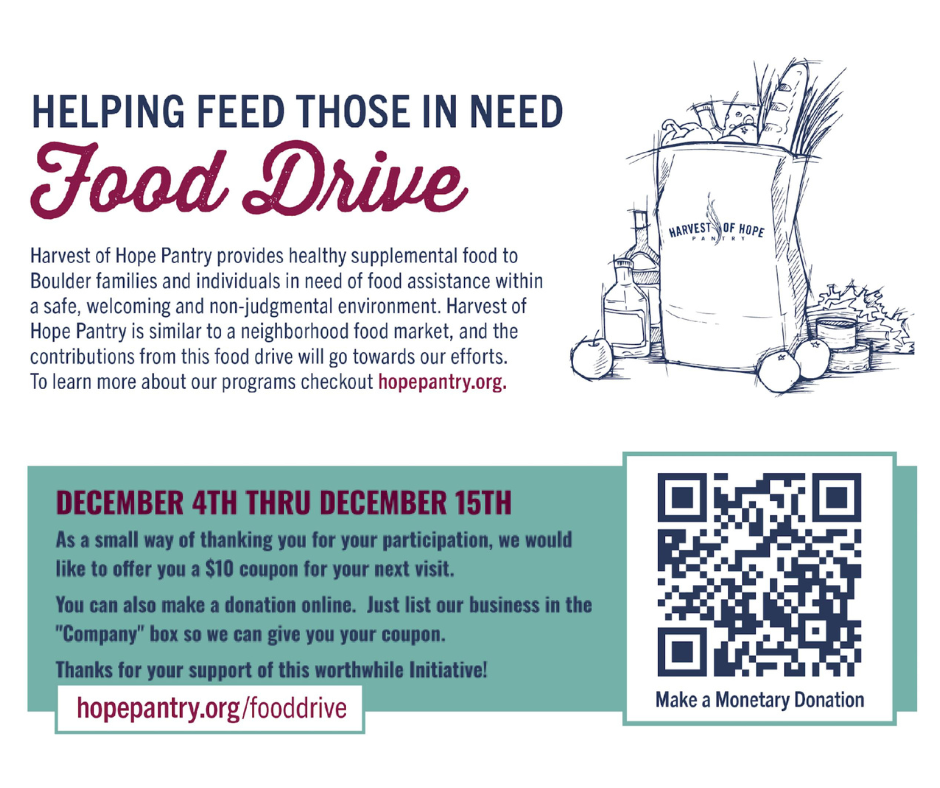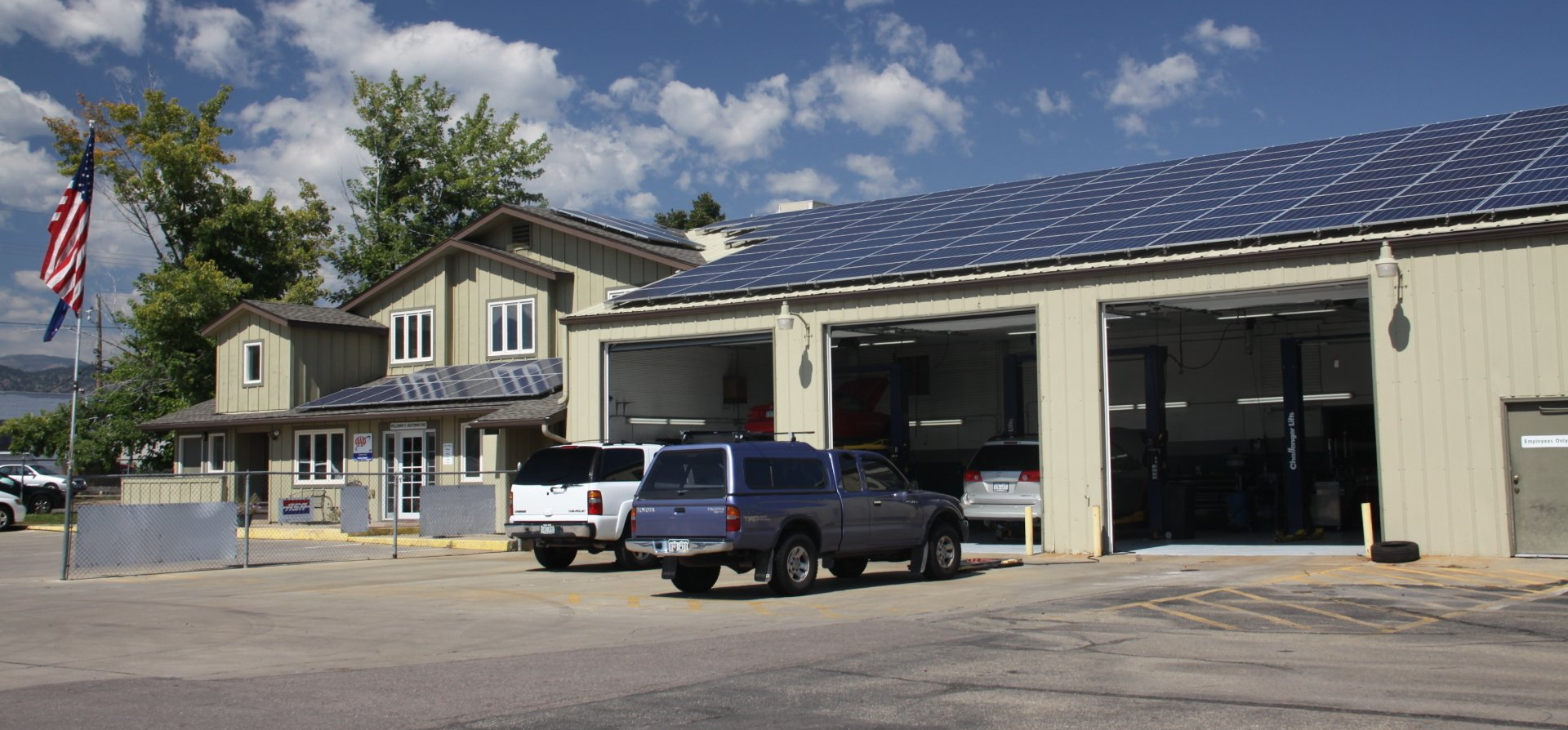Mon - Fri:
8:00am - 5:30pm
8:00am - 5:30pm

Mon - Fri:
8:00am - 5:30pm
Winter Driving Tips

Ice and Snow, Take It Slow
Winter driving conditions make for slower acceleration, slower steering, and slower braking. Give yourself extra time to reach your destination safely. It is not worth putting yourself and others in a dangerous situation just to save time.
- Drive with your headlights on. Use your low beam headlights in bad weather, especially where snow is falling heavily or blowing.
- Remove ice and snow from windows, mirrors, and vehicle lights, both front and rear, as often as necessary.
- Drive for the conditions. A four wheel drive vehicle will not help you stop any faster. It can help you get out if you are stuck and can provide better traction except when you are braking.
- It takes longer to stop your car under winter driving conditions. Leave more space between you and the vehicle in front of you.
- Use caution when approaching intersections, off ramps, bridges or shady spots. These all have potential to develop black ice.
- Avoid abrupt actions while steering, braking or accelerating to lessen the chances of losing control of the vehicle.
- Look farther ahead in traffic. Actions by other drivers will alert you to problems and give you extra time to react.
- Trucks and buses take longer to stop. Do not cut in front of them.
- Using cruise control is not recommended on icy or snow packed roads.
- Stopping on snow and ice without sliding requires extra time and distance. Slow down gradually well before the intersection and use your brakes minimally as a rapid change of speed on ice will cause you to slide. If you have anti-lock brakes, pressing down firmly on the pedal will cause it to jump and the brakes to engage intermittently. If you do not have anti-lock brakes, gently pump the pedal to lead to a more gradual slow down. Either way, give yourself plenty of room to stop.
- A road that has been treated with liquid de-icer may be wet and slippery. Watch your speed, particularly around curves and in canyons.
- If possible, avoid driving at all in bad weather conditions. Stay home until the weather improves and the roads clear.
- Be prepared at all times with warm clothing, a cell phone and an emergency kit just in case you become stuck. If you are driving in a rural or mountainous area, make sure someone knows where you are.
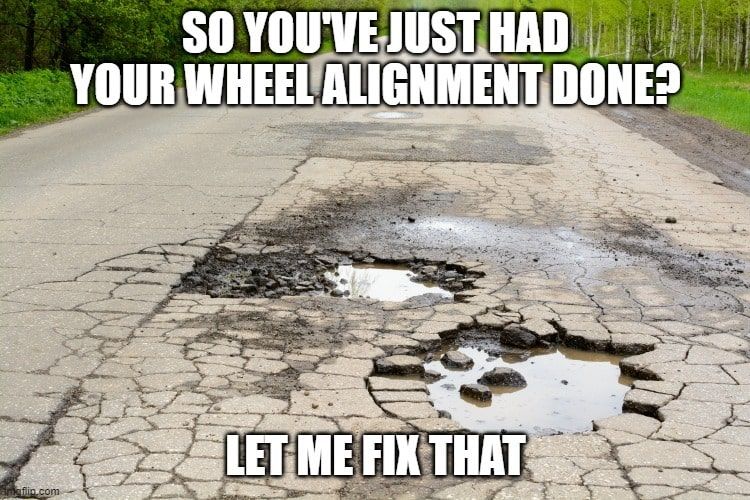
05 Apr, 2024
As the snow melts and the vibrant colors of spring return to Boulder, so too does a less welcome sign of the season: potholes. At Pellman's Automotive, we understand the challenges our local roads face and the impact they can have on your vehicle. Let's dive into why Boulder's potholes form, the damage they can cause, and the critical nature of alignment checks to keep your car running smoothly through spring and beyond.
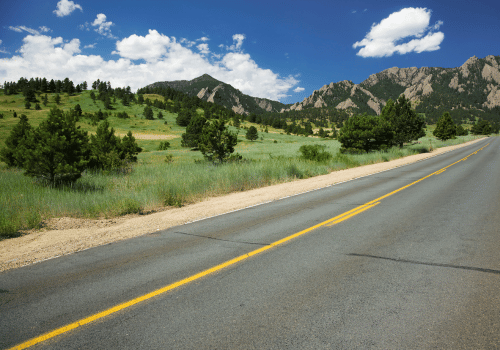
21 Mar, 2024
As the snow melts and the days grow longer in Boulder, it's time to give your car the TLC it deserves after a long winter. Pellman's Automotive Service is here to guide you through getting your vehicle spring-ready, ensuring it performs optimally for the sunny days ahead. Here's how you can spring into action and get your car prepped for the warmer months.
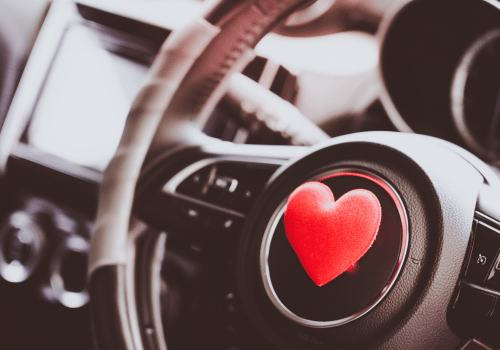
09 Feb, 2024
Valentine's Day in Boulder isn't just for romance; it's the perfect time to show some love to one of your most loyal companions – your car. Whether navigating the scenic routes of Boulder or enduring its variable weather, your vehicle deserves care and attention. Here are various ways to pamper your car, ensuring it runs smoothly as a reliable partner on the roads.
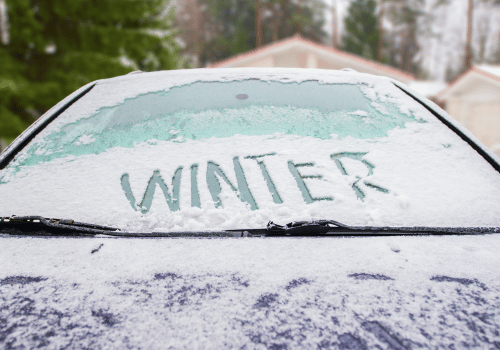
01 Feb, 2024
As winter approaches in Boulder, CO, it's crucial to ensure your vehicle is ready to tackle the snowy and icy conditions that are commonplace in our region. Winterizing your car is not just about ensuring it starts on a cold morning; it's about safety and longevity. Here's a guide to getting your car winter-ready, with a special focus on why regular washing is essential due to snow melt, road salt, and de-icers.

15 Dec, 2023
With the holiday season upon us, you may be scrambling to find the perfect gift for the car lover in your life. Whether you're shopping for a seasoned car collector, a DIY mechanic, or someone who simply loves the thrill of the drive, our guide is your one-stop resource for finding the perfect gift for them.
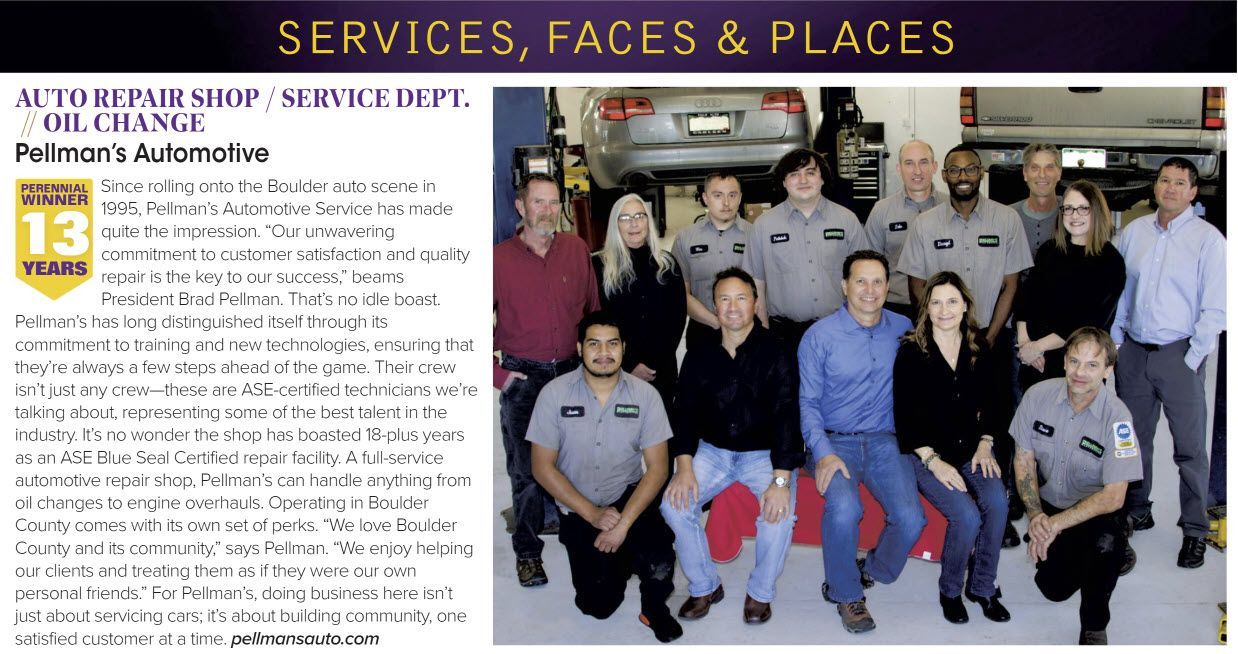
03 Nov, 2023
We’re thrilled to share some exciting news with you: our state-of-the-art service center has been voted the "Best Oil Change" in the area. This recognition from the community is a testament to our commitment to unrivaled quality, exceptional customer service, and industry-leading technical expertise. In this post, we'll explore what sets our oil change service apart and why our customers happily trust us with their vehicles.
CONTACT INFORMATION
(303) 938-4050
(303) 835-4620
OUR SOCIAL
Keep posted on the latest promotions and events going on at Pellman’s Auto
© 2024
All Rights Reserved | Pellman's Automotive Service

